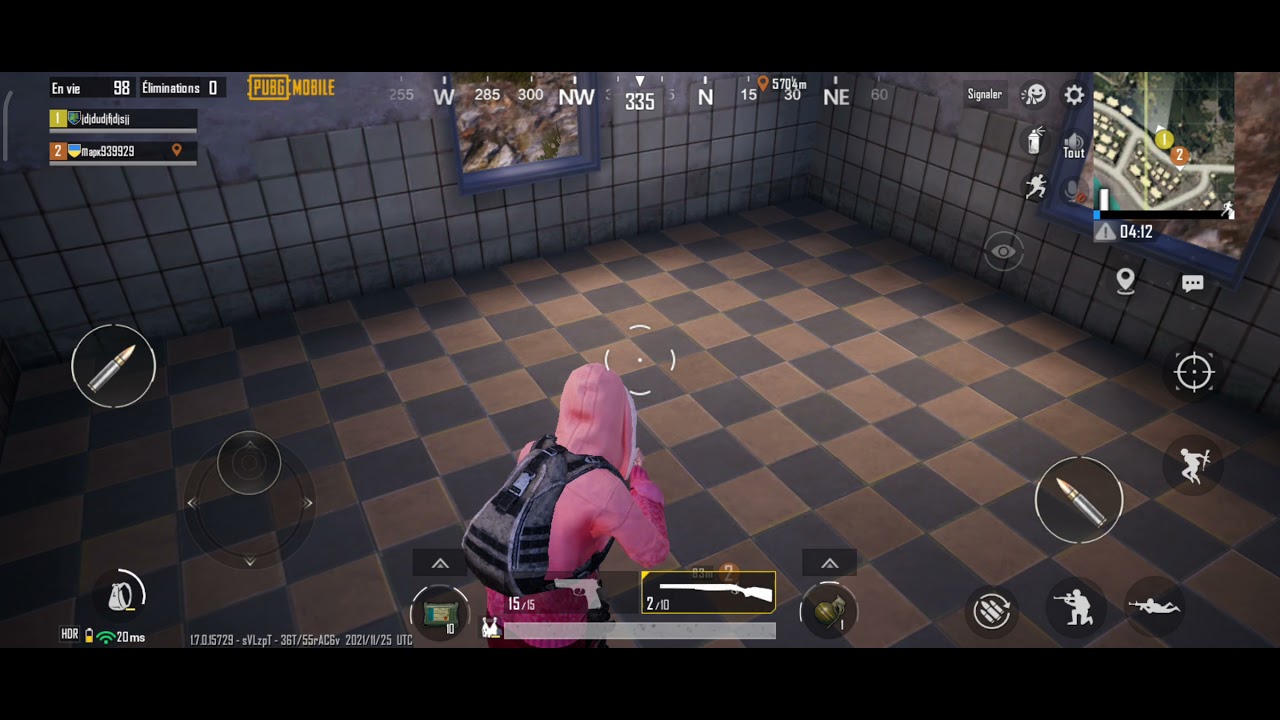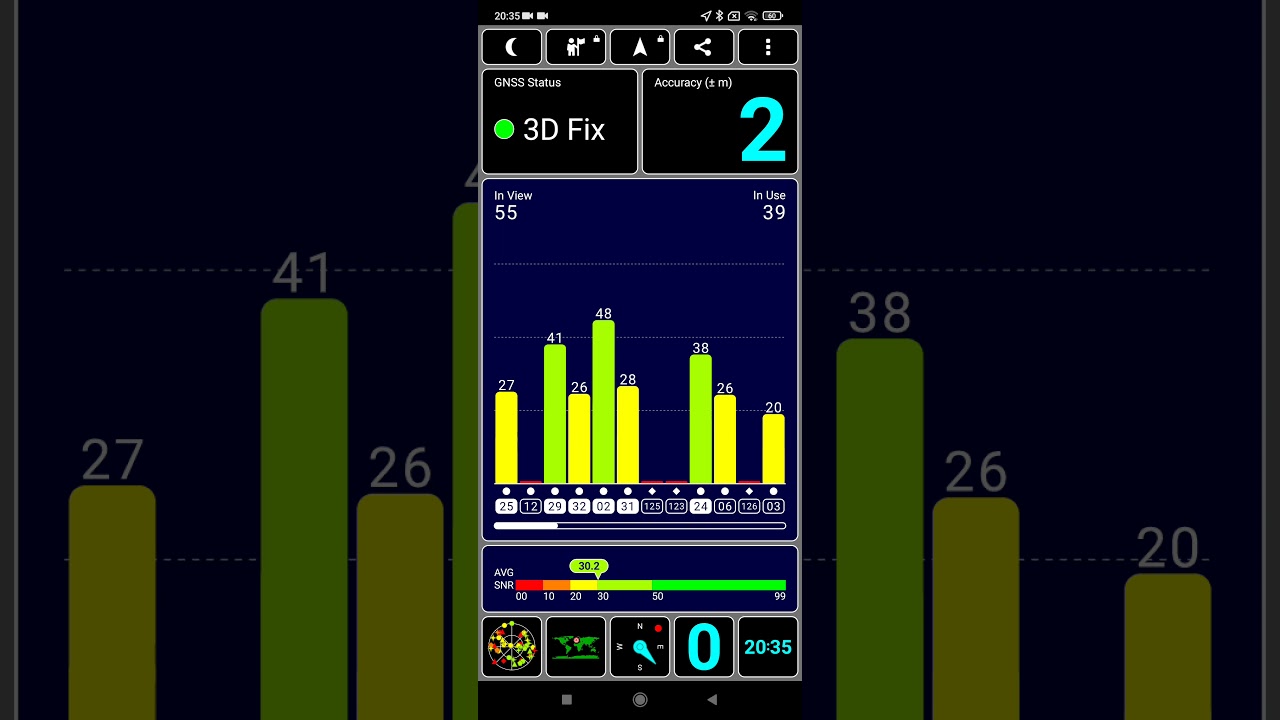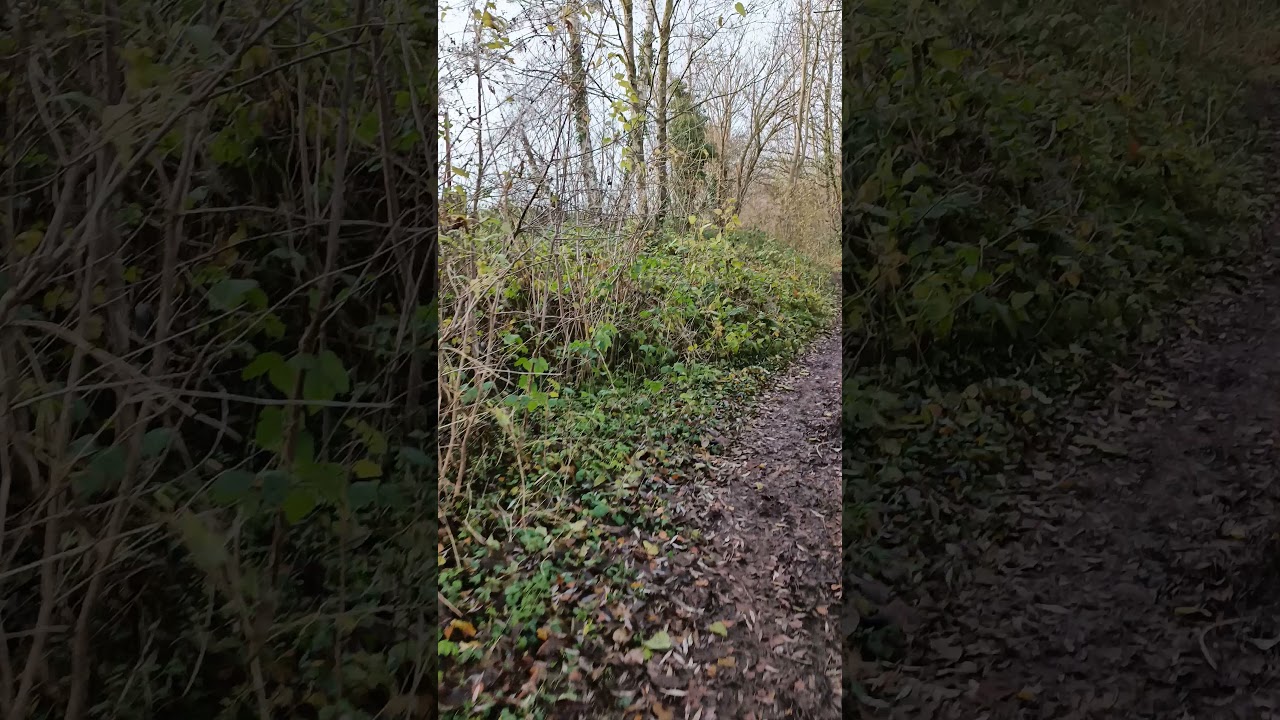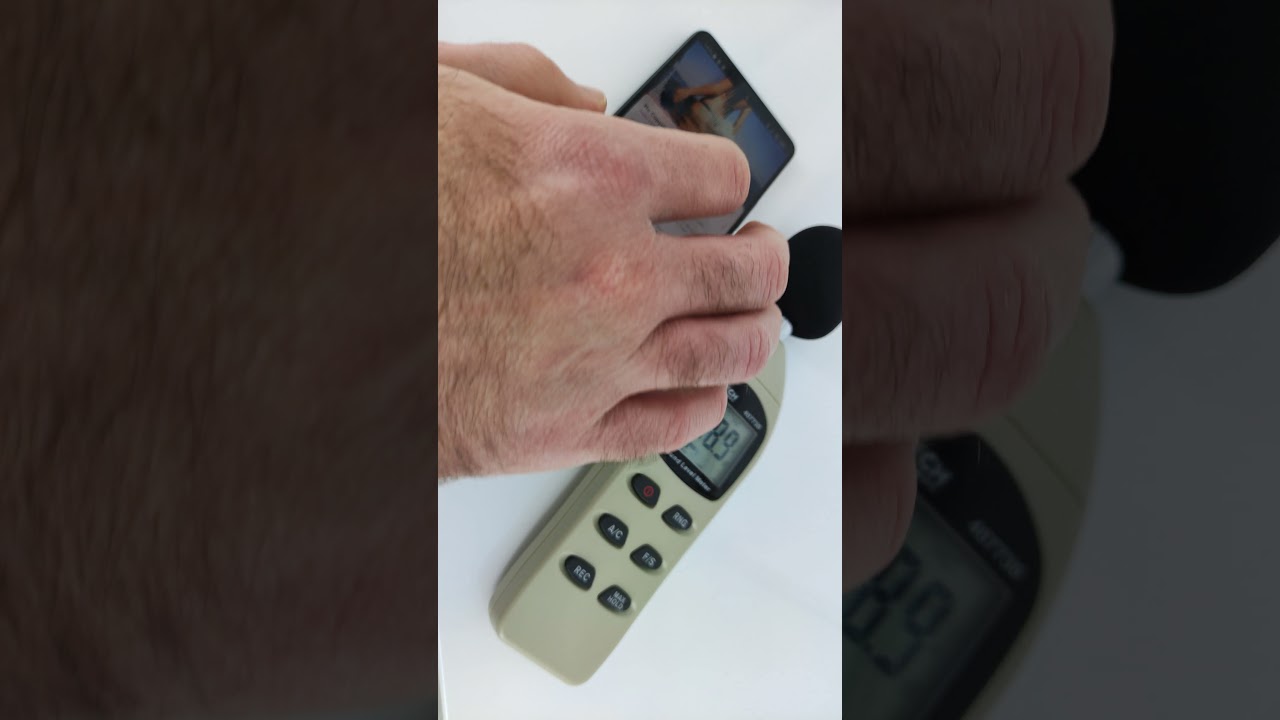Smartphones
Xiaomi 11T: test / review / photo quality
Published on: 24-11-2021 / Modified: 01-10-2023
I started buying T range phones from Xiaomi by starting with the Xiaomi Mi 9T which can still stand up to the competition two years after its release because this phone was so well designed. The T range went up a notch with the Mi 10T Pro, this phone was all about photo quality but it lacked an amoled screen. With the new generation 11T and 11T Pro Xiaomi sets the bar even higher and this time this new range is equipped with an amoled screen and a 108 million pixel camera.
The price of the T range has also increased because I bought the Mi 9T Pro for 300 € while now the 11T Pro costs more than 500 €. So I will see if this price increase is justified and if the T range can still stand up to Samsung.
Manufacturer web site:
https://www.mi.com
Site where I have bought the Xiaomi 11T:
https://tidd.ly/3l6s...
Structure of my tests
I test the phones according to a pre-established structure (see below) to provide you with as much information as possible. Unfortunately, this takes a long time. Some tests like network performance tests take several days and for photo tests I sometimes have to wait until the weather is suitable to take pictures in good conditions. I am therefore obliged to publish the tests step by step, so I invite you to come back if the test is not complete at the time of your visit.Price Xiaomi 11T
The list below shows the prices for the Xiaomi 11T from more than 50 sites around the world. If you are not satisfied with any price, you can subscribe to a price alert to be the first to be notified when the price drops.The above links are affiliate links from companies such as Amazon, Gearbest, Aliexpress,... If you appreciate my work, I would be grateful if you could purchase these products through these links. It costs you absolutely nothing but I get a small commission that allows me to buy the material I test. Thank you very much!
Timeline
November 19, 2021: I bought the Xiaomi 11T On RueDuCommerce.fr during Black Friday weekNovember 24, 2021: I received the phone, the test can begin
Why this phone?
I had no intention of testing the 11T when it came out because it was overpriced and seeing the upward trend in prices, I figured I was never going to test it. For the first time, therefore, I would have skipped the Xiaomi T range. Two things made me change my mind, the first is a price drop on the occasion of Black Friday week on RueDuCommerce.fr and the second is that I had a voucher at RueDuCommerce which was soon to expire.I've always enjoyed the T range and if the price hadn't gone up so much I would have bought this new model without hesitation. The T range stands for performance, good photo quality, good workmanship and a whole host of other good things. This new version corrects the error of the previous generation by offering, using an amoled screen and the photo side, the 11T uses the Samsung sensor at 108 million pixels which is also used on the 11T Pro and the Redmi Note 10 Pro. The new generation runs on a Mediatek architecture, this will probably result in a little less performance but other advantages like better GPS accuracy.
Unpacking
First configuration
Setting up the Xiaomi 11T follows the same process as all other Xiaomi phones launched under MIUI 12.5, I didn't notice any difference with other recently tested phones. The screens are the same with still this attempt to sign up for the Xiaomi cloud and there is now also a screen for Google Pay.Finish
The Xiaomi 11T has a good level of finish, we can hardly fault it for anything. I do not see any major change with the previous generation, the price has on the other hand increased a lot, so it is not on the side of the finishes that we will have to look for an explanation for the increase in price.
Specifications
The information below comes from the Device Info HW application. The application provides detailed technical information about the tested phone. I tested the 8GB / 128 Gb version of the Xiaomi 11T, which is also the version that sets the bar very high in terms of RAM. This phone runs under a Mediatek architecture for the CPU, GPU, wifi and GPS. I find the usual accelerometer, magnetometer and gyroscope, I also see a barometer in the technical characteristics.
The screen uses a default frequency of 60hz but can be configured to 120Hz, it also supports wide gamut, DolbyVision, HDR10 and HLG. The main camera is a Samsung S5khm2 which can also be found in the Redmi Note 10 Pro, the wide-angle sensor is the usual Sony IMX 355, it is present in almost all Xiaomi phones sold in 2021.
CPU / GPU Performance
The Xiaomi 11T is equipped with a Mediatek Dimensity 1200 processor, I have not yet tested this processor but it should deliver good performance as it is more in the top of the Mediatek range. For the graphics part this phone is based on an ARM Mali G77 which is also a high-end GPU that I have already tested on the Samsung Galaxy S20. This smartphone is therefore well equipped to deliver above average performance and even if it is not the most powerful on the market, it should offer a high level of performance.
Benchmark Antutu/3DMark
I got a score of 527,127 points on Antutu, this ranks this phone at the top of the table but for a similar or lower price point other phones like the Poco F3 or Realme GT do better. This does not detract from the performance of the 11T obviously but if you are looking for the best price / performance compromise, this phone is a bit too expensive. For the graphics part, I get a score which is very similar to the Samsung Galaxy S20 and it is normal since it is the same material but I expected a better optimization.The Xiaomi 11T therefore offers very good performance which should allow you to use any game or application without making any concessions.
Gaming
To test the performance in game, I download the mobile PUBG game and evaluate the in-game experience, graphics level and depth of vision. This game is quite demanding and should help you evaluating the performance of a phone.

Network performance
This phone is compatible with 13 5G frequencies and 23 4G frequencies, so it is compatible with all frequencies used in Europe and you could use it in many countries outside Europe.Signal 4G (from December 2020)
I decided to change the methodology for measuring the network because I noticed that the configuration of the mobile network changes over time. This makes it more difficult to compare phones because the conditions are no longer exactly the same.
To overcome this problem, I set up a device that captures 24 hours a day about ten parameters from the mobile network (ex: cell id, rssi, rsrq, snr, frequency,...). I then place the phone next to the device for 24 to 48 hours taking the same measurements so that I can compare them.
Overview of the phones tested with this methodology
I made 1576 measurements to assess the signal quality of the Xiaomi 11T and I got an average signal of -92.003 dBm while at the moment I got an average signal of -92.305 dBm with the probe. This phone therefore obtains a better signal than the probe, this only happens very rarely, so this score is one of the best scores I have obtained. In addition to having good network sensitivity, this phone managed to keep a very stable signal on all the measurements, I only measured a deviation of 1 dBm. On the next graph the orange tips show the rare times when the probe has done better than the phone and the stability of the phone forms an almost perfect blue circle.
Download/Upload speed
To test the download speed, I have identified some 4G cells offering good performance where I test all my devices several times to see what download and upload speed they can achieve.
Wifi performance
To test a phone's ability to receive the network properly, I take measurements near my router and then remotely (and always at the same place). This gives me an average in dBm where a value of -90 dBm indicates poorer performance than a value at -30 dBm.Wifi signal
I performed 343 wifi signal measurements to measure signal stability and strength. I obtained a very stable signal with a variable of maximum 3 dBm over the entire duration of the measurement, the average signal was established at 24 dBm near my router. This score is a fairly average score, the Consys_MT6893 wifi chipset does not rank among the most sensitive. Remote measurements result in a signal of -68 dBm, which is also an average score. When I indicate that a score is average it does not mean that this score is bad.
Download/Upload speed
To test the speed in Wifi, I connect to my router in 2.4Ghz and 5Ghz (if available) and use the Ookla application to measure the speed.
GPS performance
To test the accuracy of the GPS signal, I use two positioning applications to evaluate the difference between the actual position and the position indicated by the phone. This test is done outdoors with nothing to obstruct the signal. An accuracy level of up to 3 meters can easily be corrected by an application (e.g. Google Maps).

Battery range
To test battery life I developed an application that measures the battery level minute by minute until the battery is empty. This application consumes about ten percent of the phone's resources and I do a test with 100 brightness. This test aims to reproduce a contemplative use of a phone (e.g. surfing the internet, reading articles, spending time on social networks). These results are not valid for intensive gaming/streaming use. One of the strengths of this phone is its battery charging speed. With 67W fast charging, it's probably one of the fastest phones I've tested. It took me 96 minutes to charge the battery from 1% to 100% and the charging rate is really fast as it takes 16 minutes to get to 20%. The rate decreases to 90% but not significantly because the last 10 percent is reached in 10-15 minutes.I got an autonomy of 476 minutes with the brightness at 100%, it is not enough for a battery of this type but it will probably be explained later screen test. The screen seems very bright to me and therefore very energy intensive, the size of the screen will not promote good battery life with 100% brightness. For normal use (eg: reading posts, pages, ...), this screen will be the element consuming the most resources, so you have to lower the brightness a little to significantly increase the autonomy. With the brightness at 50%, I got a battery life of 1204 minutes, that's almost 3 times more than with the brightness at 100%. The performance of the battery is quite linear, I did not see any change in the rhythm in the consumption of the battery.
Photo camera test
To test the quality of photos produced by a phone, I do a technical test (resolution, sharpness, chromatic aberration,...) in studio (identical conditions) to evaluate the technical part objectively. From the second half of 2020, I built my own laboratory to take completely objective technical measurements. I then take pictures in real conditions to see how the camera performs. I then evaluate these photos according to my criteria but I publish the photos so that you can evaluate the result according to your criteria.Hardware
The Xiaomi 11T is equipped with a Samsung S5KHM2 of 108 million pixels as the main sensor, I have already tested this sensor on the Redmi Note 10 Pro and I was a little disappointed with the colorimetry. Hope Xiaomi fixed the problem on this model. This sensor is also present in the Poco X4, the Redmi Note 11 Pro or even the Motorola Edge 20.It is also equipped with an 8 million Sony IMX 355 ultra wide angle sensor. pixels that I tested more than ten times in 2021. There is also a Samsung macro sensor but this kind of sensor is not very interesting on a phone. For selfies, Xiaomi opted for an Omnivision OV16A10 sensor.
The main sensor of this phone is therefore also available on phones at a much lower price point, so this is not where we have to look for a reason that would explain the difference in price.
Photo quality
Photo quality (indoor/studio)
The studio test is carried out under the same conditions so that the results can be compared on an equal basis. I calibrate my lighting for each test to obtain the same brightness and colour temperature. This test is a preliminary analysis of the technical qualities of a camera. Most phones fail this test, so you should also read the results of the other tests in the following paragraphs.
Main sensor: Samsung S5KHM2
Secondary sensor: Sony IMX 355
Photo: technical test
I was inspired by industrial technical tests to create my own technical test to evaluate the technical quality of a camera. This test is an objective assessment of a camera's ability to render a scene correctly.
I test the following elements:
- centre sharpness, peripheral sharpness
- colour fidelity based on 24 reference colours
- level of chromatic aberration
- dynamic range (ability to capture dark and light areas without loss)
- distortion
The technical evaluation may differ from the subjective evaluation as the feeling of a photo will be influenced by the processing provided by each manufacturer.
Main sensor: Samsung S5KHM2
Secondary sensor: Sony IMX 355
Outdoor photo quality
Samsung S5KHM2 main sensor
Here are my observations for these outdoor photos:
- the exposure time could have been a bit longer, the photos are a bit too dark
- the colorimetry is too hot
- the sharpness in the center is good, it degrades at the periphery
- the dynamic page looks good, I have no areas of over / under exposure
Beyond the exposure time which could have been better, what bothered me the most was the too hot colorimetry which gives the trees a brown tint. The conditions were not ideal but for a high end phone I think Xiaomi could have made a better choice.
If I use pro mode to output RAW file, I can get better result under identical conditions:
Sensor secondary
Test photo / night
Not yet available / tested
Video quality
Stabilisation

Video normale conditions

Video low light
Not yet available / tested
External audio quality
This test is intended to give you an overview of the volume and sound quality during calls and when listening to music through the external speakers.

For calls, the volume with the main speaker is average. The sound quality in call is good, there is clearly a work on the sound because calls of this type often result in too much treble. I feel here that the sound has been softened. Using the external loudspeaker for calls makes it possible to rise above 60 db, which is also an average value here.
Audio quality (headphones)
To test the quality of the phone's audio output, I connect the device's audio output to a measuring tool, then play sounds on all frequencies and measure the differences between the original sound and the sound produced by the phone. In this way I measure the phone's ability to correctly reproduce all sounds.The 11T does not have a jack output and when I have to use a usb to jack converter I am not getting good results for my measurements, so I have to fall back on good old subjective judgment. The sound quality is good overall but the sound is not as thin as in the top of the range Samsung, the difference is not huge but going from one to the other the difference is noticeable. The power of the sound with the jack adapter is not extraordinary because even with the volume at full blast, there is still room. On the other hand with bluetooth headphones, the volume is much more powerful. The sound is quite well controlled because I did not hear any distortion with the jack adapter, it was a little less the case at 100% of the volume with the bluetooth headphones.
I don't know what audio chipset is used in this 11T, most likely it is the same as in other Xiaomi phones. So far, Xiaomi has not yet managed to dethrone the top of the range Samsung in terms of sound, but they are not very far.
Screen quality
To test the screen, I use a colorimetric probe that measures the color accuracy of a screen, as well as other parameters to see if a screen is able to correctly reproduce an image. I also test the brightness level to determine if the screen will be able to display an image in full sunlight.Colorimetry
Brightness / Contrast
I measured a brightness of 596 cd / m² by flooding the sensor with light, it is possible that the screen is able to deliver even more brightness. With such a level of brightness, you will be able to use this phone in direct sunlight without any problem (as long as you activate the "sun" mode).
Biometry
The fingerprint sensor is on the power button of the phone, this sensor works great and is very fast.Operating system
The 11T runs MIUI 12.5 as soon as it is released, so it offers the same functionality as all other phones running the same version of MIUI, I haven't encountered any particular problems with this phone.
Encoutered bugs
Not yet available / testedAccessories Xiaomi 11T
Compare Xiaomi 11T with the others
Test / Review conclusion
As I wrote above, I have bought all the phones in the T Pro range since the Mi 9T Pro, so I have a historical basis to compare the evolution of this range. The most visible evolution is the price because this 11T started its marketing beyond 500 € where the Mi 9T Pro had been launched between 300 and 400 €. This year is undoubtedly a little special because the shortage of stock at the global level has pushed up the prices of the phones, the price will therefore perhaps return to a more normal level in a few months.
Ok, the price has increased but is this justified? I don't think there is anything very new about this phone that would justify the price hike. That doesn't mean it's a bad phone, no it's a good phone but for a price over € 500 it's not my first choice. I'm going to stop talking about the price, that's not the point of the test anyway, let's move on to the evaluation of the phone.
The Xiaomi 11T takes ingredients from other Xiaomi / Poco phones to tickle the top of the range of other brands. The level of finish is impeccable even if the phone is heavy and imposing. The screen offers a very good experience in terms of its resolution as well as its colors or its contrast. Xiaomi also did not neglect the radio part with good network sensitivity for calls and very good download speed.
For the photo part on the other hand, I am a little disappointed because the 11T is a phone with a premium positioning but it uses the same sensor as the Redmi Note 10 Pro. This 108 million pixel sensor is not a bad sensor, but it does have some weaknesses that have no place in the high end. This sensor has incorrect colorimetry and will require you to use pro mode to bring the colorimetry to an acceptable level.
Even though the T range does not claim a performance oriented positioning, the performance of this phone is excellent. So you'll be able to run just about any game or app without the phone slowing down. If you use it very intensively, you will feel a slight increase in temperature, but without feeling any discomfort.
I only found one real weakness in this phone, the wifi signal was pretty average and even though the signal is not bad this score is too low for a phone of this range.
The 11T is therefore a good phone overall, but its biggest weakness is its price.
Strengths
Good performance
Network sensitivity
WiFi speed
Battery charging speed
Sound quality
Screen quality
Weaknesses
Wifi signal just average
Photo / video
Very greedy screen at 100%
Alternatives to this product
Not yet available / tested
 LAURENT WILLEN
LAURENT WILLENHead of myself on this blog
I share my passions on my blog in my free time since 2006, I prefer that to watching nonsense on TV or on social networks. I work alone, I am undoubtedly one of the last survivors of the world of blogs and personal sites.
My speciality? Digital in all its forms. I have spent the last 25 years working for multinationals where I managed digital teams and generated revenues of over €500 million per year. I have expertise in telecoms, media, aviation, travel and tourism.










































Questions/Comments